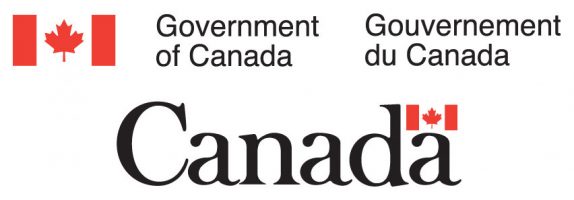Primary Functions
- Use this resource to learn more about the impacts triclosan can have on aquatic ecosystems and how to replace it with other less-toxic materials.
Detailed Description
Triclosan is used as a preservative and as an antimicrobial agent in a wide range of products used by consumers including personal care, non-prescription drug, natural health, and cleaning products. Its main source of release to the aquatic environment is through the use of triclosan-containing products by consumers, which are typically released down the drain to wastewater.
The anti-microbial agent is released into wastewater and then reaches wastewater treatment plants (WWTPs). WWTPs with secondary wastewater treatment are efficient in removing triclosan from wastewater compared to other forms of treatment. However, secondary treatment may create methyl-triclosan, which is a potentially more persistent and bioaccumulative substance. Triclosan is also released to terrestrial ecosystems via the spreading of biosolids from WWTPs. The risk characterization considered these estimated levels of the chemical in soils as well as its high toxicity to certain soil organisms.
Commonly used preservatives can be used as a substitute: benzoic acid, sodium benzoate, sorbic acid, potassium sorbate, parabens, dehydroacetic acid and salts, imidazolidinyl urea, diazolidinyl urea, DMDM hydantoin, methylchloroisothiazolinone (MCI) and methylisothiazolinone (MI) mixture, MI alone, chlorphenesin, benzyl alcohol, caprylyl glycol, and iodopropynyl buylcarbamate.
